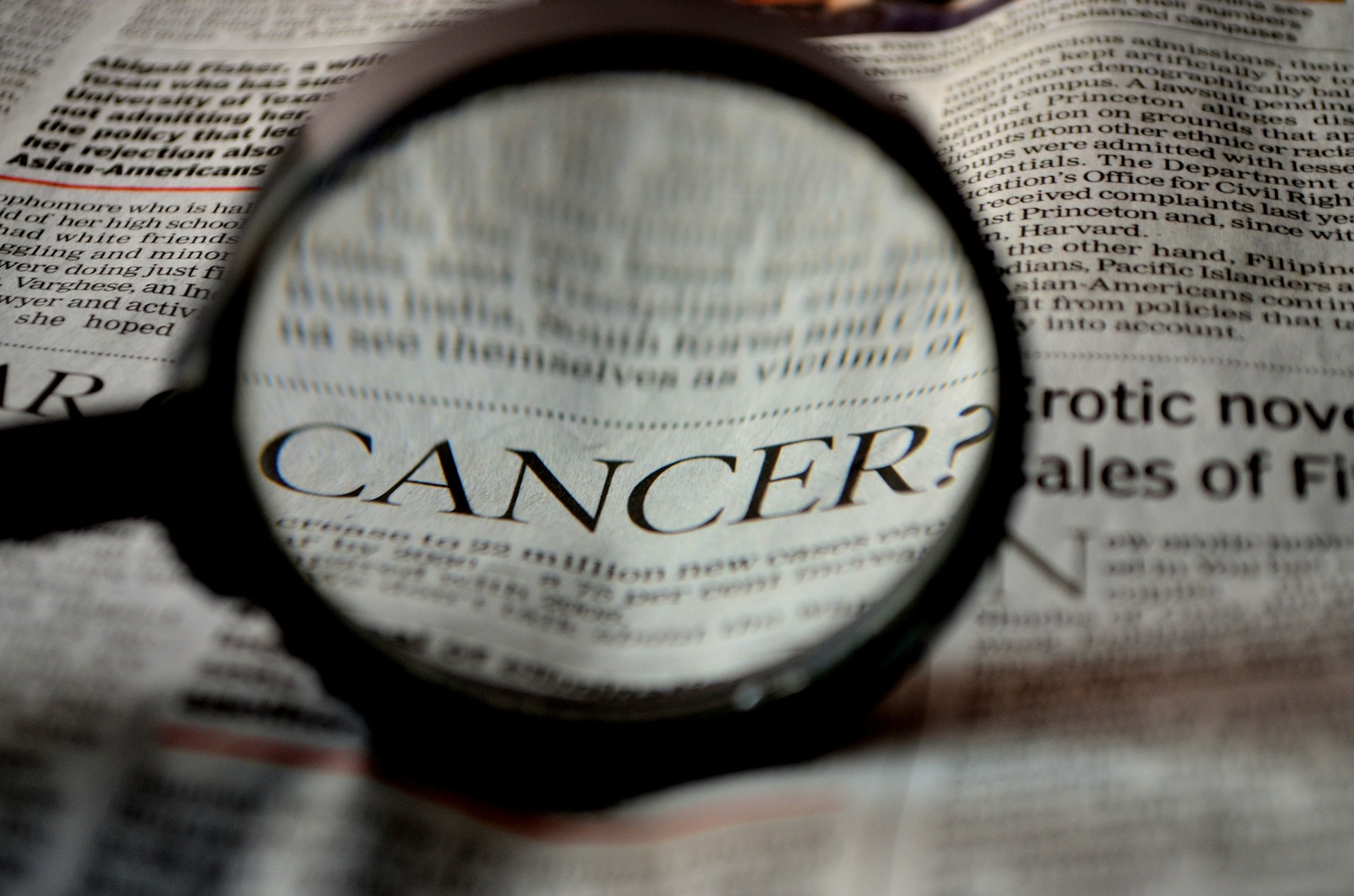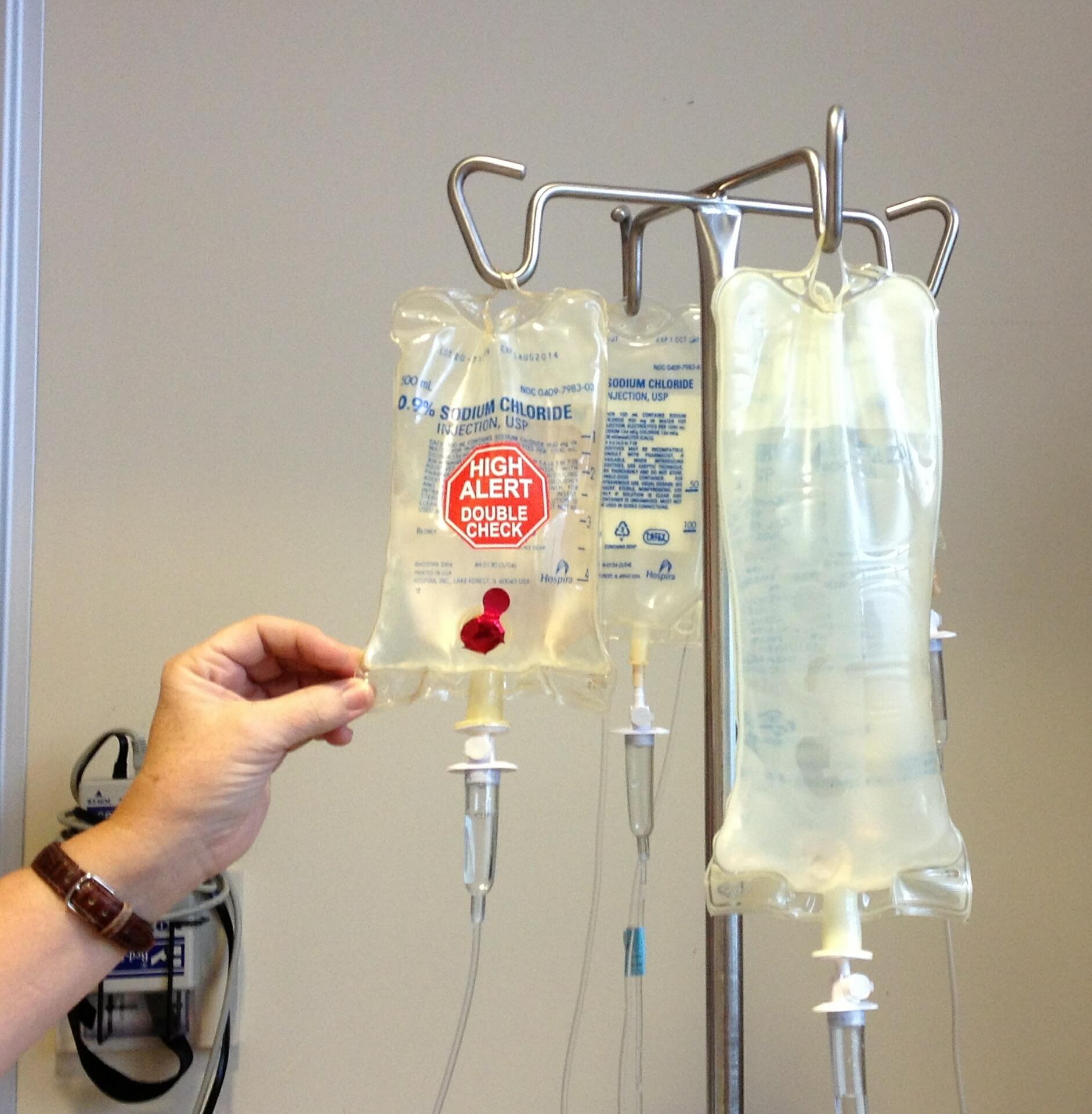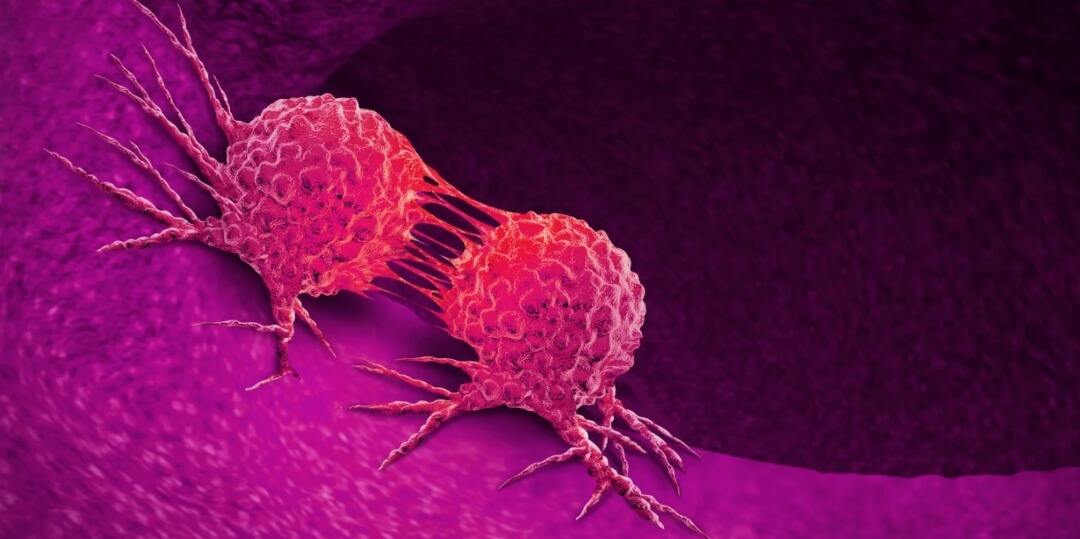
Cancer immunotherapy safer and more effective
The concept to deploy the immune system as a tool to deal with neoplastic disease originated in the 19th century. Wilhelm Busch and Friedrich Fehleisen have been the first to describe an epidemiological affiliation between immune status and cancer. They observed spontaneous regression of tumors following the improvement of erysipelas, a superficial skin infection most typically resulting from Streptococcus pyogenes. Later, William Coley, regularly known as the ‘Father of Cancer Immunotherapy’, retrospectively demonstrated that erysipelas was related to a higher outcome in patients with sarcoma. With hopes of prospectively verifying his epidemiological proof, Coley handled sufferers with cancer with extracts of heat-inactivated S. pyogenes and Serratia marcescens to enhance immunity. This extract, termed ‘Coley’s toxins’, possessed amazing immunostimulatory properties and completed beneficial responses in numerous cancers. However, lack of clinical rigor and reproducibility, in concert with the invention of radiotherapy and chemotherapeutic agents, prevented treatment with ‘Coley’s toxins’ from turning into standard practice.
The concept of cancer immunotherapy resurfaced in the 20th century and made sizeable headway with the appearance of the recent generation. In 1909, Paul Ehrlich hypothesized that the human frame continuously generates neoplastic cells which might be eliminated by the immune gadget. Lewis Thomas and Sir Frank Macfarlane Burnet independently conceived the ‘cancer immunosurveillance’ hypothesis, declaring that tumor-associated neoantigens are diagnosed and focused by the immune gadget to prevent carcinogenesis in a way much like graft rejection. Productive immune responses following tumoural adoptive switch in mice and medical reports of spontaneous regression of cancer in sufferers with concomitant autoimmune disease supplied extra proof helping this hypothesis, even though a unifying mechanism becomes elusive. The creation of knockout mouse fashions supplied the vital generation to experimentally reveal a hyperlink between immunodeficiency and most cancers. Additional molecular and biochemical advances brought about the identity of tumor-specific immune responses. This supplied unequivocal evidence that the immune system, specifically T cells becomes able to wage war on cancer tissue. Cancer immunotherapy has now revolutionized the sphere of oncology by prolonging survival of patients with rapidly deadly cancers. The quantity of sufferers eligible for immune-based cancer remedies keeps skyrocketing as those treatment options role themselves because the first line for plenty most cancers indications. Novel remedy mixtures and newly recognized druggable objectives will simplest amplify the position of immunotherapy in the remedy of most cancers in the decades to come.


















